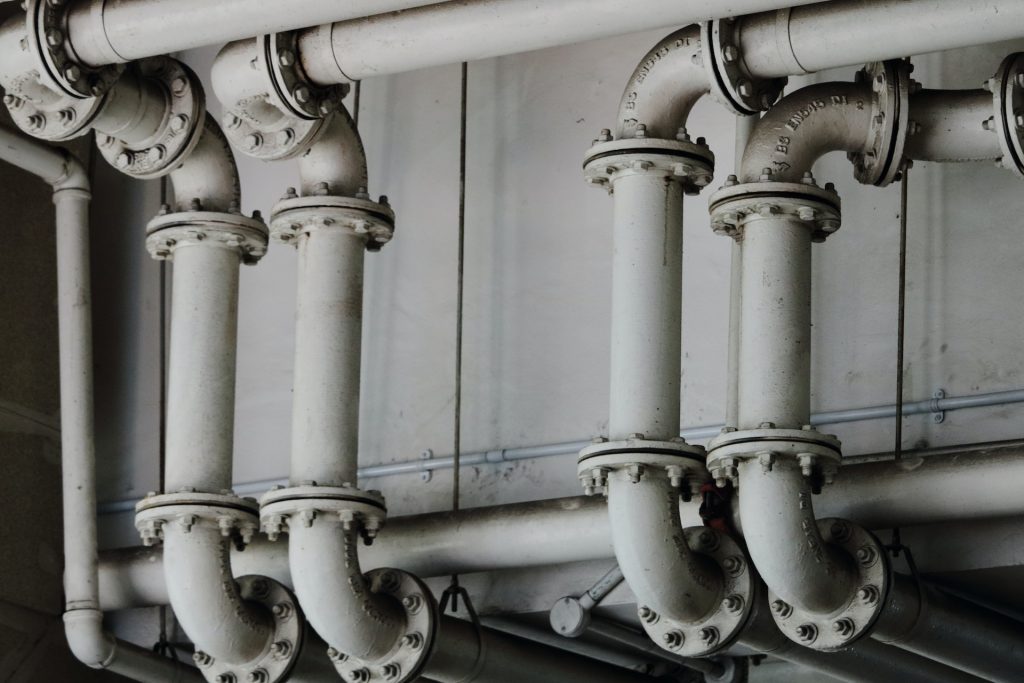As winter approaches, the drop in temperature can bring about a host of plumbing challenges for homeowners. From frozen pipes to potential bursts, the colder months pose a threat to the integrity of your plumbing system. In this article, we’ll explore common winter plumbing issues and provide practical tips to help you safeguard your pipes and prevent cold weather woes.
Understanding the Risks
Cold temperatures can cause water inside your pipes to freeze, leading to a buildup of pressure and potential pipe bursts. Additionally, frozen pipes can disrupt water flow, leaving you without water during the winter chill. The consequences of these issues can range from inconvenient to costly, making it crucial to take preventive measures.
- Insulate Exposed Pipes
One of the most effective ways to protect your pipes from the cold is to insulate them. Pipes that are exposed to the elements, whether in unheated areas of your home or outside, are particularly susceptible to freezing. Use pipe insulation sleeves or wrap towels, foam, or other insulating materials around exposed pipes. Pay special attention to pipes in basements, crawl spaces, and attics, as these areas tend to be colder.
- Seal Cracks and Gaps
Inspect your home for any cracks or gaps that may allow cold air to penetrate and reach your pipes. Seal these openings with caulk or insulation to prevent drafts. This not only helps keep your home warmer but also protects your plumbing from the frigid outdoor temperatures.
- Let Faucets Drip
During extremely cold nights, allowing faucets to drip can prevent water from freezing in the pipes. A slow and steady drip keeps water moving, reducing the risk of freezing. While it may lead to a slight increase in water usage, the cost is minimal compared to the potential expenses associated with burst pipes.
- Keep Cabinet Doors Open
If you have plumbing located in cabinets under sinks, especially on exterior walls, keep the cabinet doors open during cold spells. This allows warm air from the room to circulate around the pipes, providing additional insulation and helping to prevent freezing.
- Maintain a Consistent Temperature
Maintaining a consistent indoor temperature, even when you’re away, is crucial for preventing frozen pipes. While it might be tempting to lower the thermostat to save on energy costs, the minimal savings can quickly be overshadowed by the expenses associated with plumbing repairs. Keep your home heated to at least 55 degrees Fahrenheit during the winter months.
- Disconnect and Drain Outdoor Hoses
Outdoor hoses and connections are particularly vulnerable to freezing temperatures. Before winter sets in, disconnect hoses, drain any remaining water, and store them in a warm, dry place. If your home has a shut-off valve for external faucets, turn it off to prevent water from reaching the outdoor pipes.
- Invest in Pipe Heating Cables
For added protection in extremely cold climates, consider investing in pipe heating cables. These cables can be wrapped around pipes to provide a consistent source of heat, preventing freezing. Make sure to follow the manufacturer’s instructions carefully to ensure safe and effective usage.
- Schedule a Winter Plumbing Checkup
Before winter arrives, consider scheduling a professional plumbing checkup. A licensed plumber can inspect your system, identify potential vulnerabilities, and provide recommendations to fortify your plumbing against the winter chill. Regular maintenance can catch issues early, saving you from more extensive and costly repairs down the line.
Conclusion
Winter plumbing woes can be a homeowner’s nightmare, but with proactive measures, you can protect your pipes and minimize the risk of cold weather-related issues. Insulating exposed pipes, sealing cracks, letting faucets drip, keeping cabinet doors open, maintaining a consistent temperature, disconnecting outdoor hoses, investing in pipe heating cables, and scheduling a winter plumbing checkup are all steps that can make a significant difference.
By taking the time to prepare and safeguard your plumbing system, you not only ensure a more comfortable winter but also save yourself from the inconvenience and expenses associated with frozen or burst pipes. Winter may bring cold temperatures, but with the right precautions, your plumbing can weather the storm and keep your home running smoothly throughout the season.



